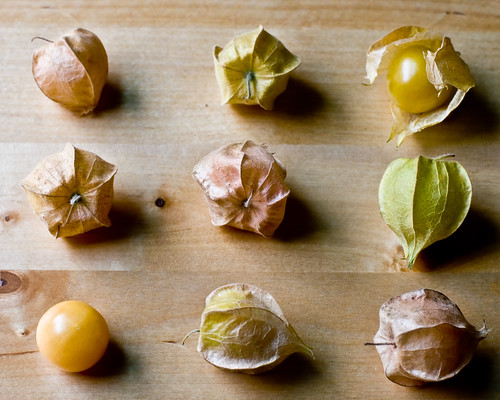I’m sitting in a desk in my old high school and surrounded
by sixteen year olds. To my surprise, I am not the oldest person in the room. One
guy in the back is probably my mom’s age.
The instructor pops a VHS into the rolling television on the
cart and presses play. Cheesy music invoking the eighties quickly fills the
room. The dark screen flickers.
A boy is at an arcade, playing a SEGA racing game. He
sways back and forth with excitement as his red sports car sweeps skillfully through
the course. But then it becomes a real car, and suddenly the car is no longer
invincible. This isn’t a game anymore. This is LIFE.
The narrator walks solemnly through a junkyard of crumbling
automobiles stacked in ominous towers. He places his hand on a car folded
accordion style, knowing that he looks deep and brooding yet boyishly attractive.
He knows that, because of this, kids will listen to his message. He presses his
neatly combed hair aside and says to us, “Driving is just like a video game,
but you’re playing the game of YOUR LIFE.”
These chilling words introduce a scientific study on the
recently discovered effects of alcohol on driving. A number of brave Canadians
volunteer to drive a car through an obstacle course lined with cones in the
wastelands of Canada, and then get hammered and drive through that same obstacle
course again.
The experiment begins with the group of strangers grouped
casually in the parking lot. Each of the participants slips into the driver’s
seat and glides through the meandering path of cones, swerving gracefully to
avoid a padded wall.
When they return, they sip from plastic cups of beer
administered by scientists and chat civilly. After consuming their first
serving of beer, they weave through the course with a few minor scrapes. A
second round of beers is passed around. The participants laugh and tell stories
that are hilarious. They drive around the course again, tipping over a few
unlucky cones.
The method repeats itself until their BACs reach the legal
limit, .08. The horde of participants cheers as they take turns funneling beer
into each other’s mouths. A male participant gets into the car with his beer
helmet still strapped to his head and pounds the gas pedal, careening into the
padded wall and laughing uncontrollably. A whole family of cones is sacrificed
to science and one remorseful doctor weeps. The male participant continues to
drive around the bends of the course with the padded wall still attached to the
front bumper and fails to stop at the end, speeding blindly onward to a remote
town in the Yukon with two flailing scientists trailing behind.
The narrator appears once more in the junkyard of woe and
tosses his cardigan casually across his broad, muscular shoulder. “Teens have too
much confidence. They think they're invincible. Do you really think it won’t happen to
you?” he asks in an accusing tone.
The scene shifts to the living room of an orange traffic
cone that lost a child during a Canadian study on the effects of alcohol on automobile
drivers. “He was a good cone,” she says tearfully.
The boy innocently playing the racing game suddenly finds
himself in a pair of goggles meant to simulate the blurry vision of a drunk
driver. He swerves from wall to wall of the simulated Grand Canyon, loses
control of his wheel, falls out of the padded seat onto the arcade floor. He
rolls on the dusty concrete desperately trying to ply the goggles from his face,
but they are permanently fused to his skin.
The narrator enters. He says, “I want to play a game. The game of your LIFE.”
The boy screams and uselessly tears at the goggles.
“The only thing that will remove the goggles is time,” says
the narrator as he crosses the arcade. He casually tucks his hands into the pockets of his pleated pants. The goggles
are locked to the gamer’s face until the next morning, when he wakes up in a
strange bed with a strange traffic cone and no memory of the terrible things
that happened that night at the arcade.
“Driving is the hardest thing in the world. You have to make
the right decisions,” the narrator croons from the hood of a totaled car. He is
naked from the waist up, but for an ascot.
It’s a sunny summer day in the Yukon and bunch of friends
with bushy perms picnic in the Canadian wilderness. A car drives up with a
padded wall attached to the bumper. A passenger’s legs are hanging out the
window. Five or six people in white coats are running and flailing behind
it. This is Stacy’s ride home.
“Stacy, get in the car,” barks Stacy’s boyfriend. But she
doesn’t want to get in a car full of angry drunks. Finally, she gives in to his
demands and hops into the passenger’s seat. They speed through the scenic
country road, drinking and giggling, swerving from one lane to the other,
missing a moose by mere inches. A minivan is driving down the same road in the
opposite direction. Inside, a family of traffic cones is having a wholesome
discussion of gymnastics.
I cannot see what happens next, my eyes are too tightly shut.
When I open them, bagpipes are playing Amazing Grace. One doctor is on screen. “If
I knew then what I know now about the impairing effects of alcohol on Canadian
drivers, would the knowledge be worth the lives that were lost?”
The screen goes black.
What have we learned today?


















